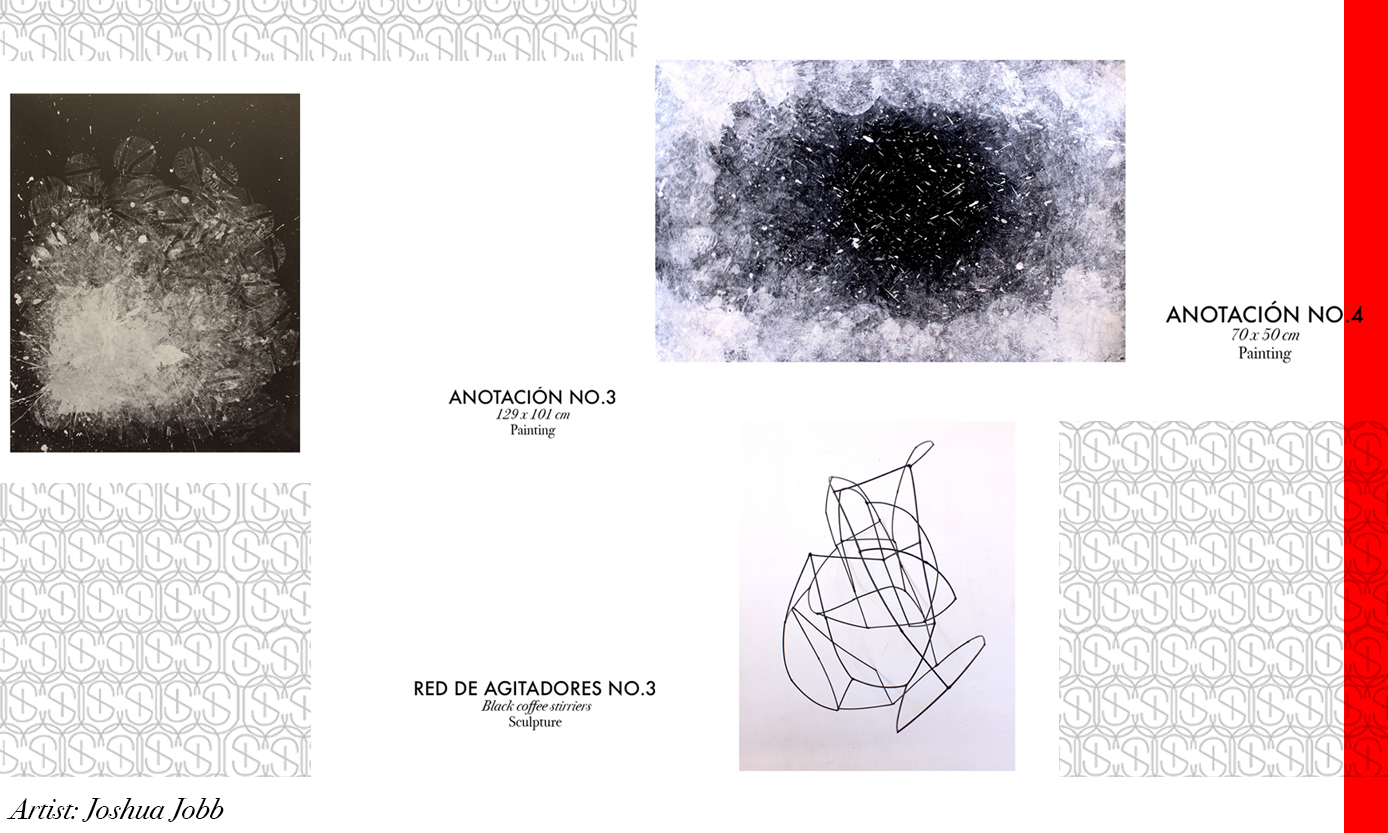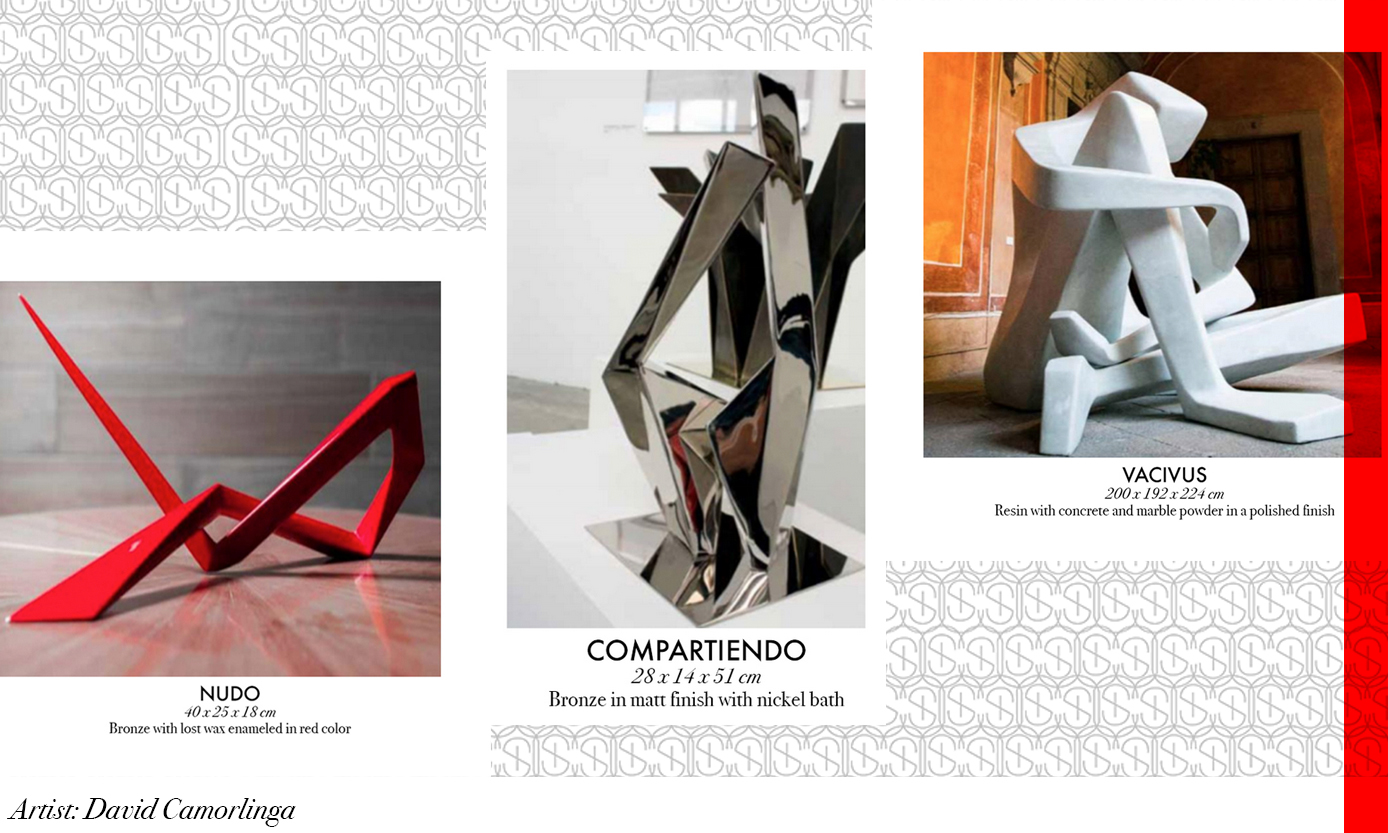
How to start your art collection. Second part
By Sybaris Collection
Are you thinking of starting your art collection? Follow these short tips and get ready to do it.
Buy limited-editions. In a 2013 text for The Guardian newspaper Anna Johnson mentions some of the advantages of starting an art collection with a low budget: one stays more attentive to artists and their themes than to prices. And how to do it? Between many other things “Never underestimate a drawing. Encapsulated within a work on paper is often the genesis of a larger work. And, as the traditional hierarchy of masterpieces goes, paper is considered a lesser form than canvas and usually costs much less.” And she sets an example: “Andrew Shapiro, the owner at Shapiro Auctioneers and Gallery in Woollahra, bought his first work for $30 in Philadelphia when he was in his 20s. The work was an unsigned lithographic print by Henri Matisse from his cut-out collage Jazz series. ‘I was earning $75 a week when that print came in.’”
Have a suitable place. Frequently, art pieces occupy an unsuspected space. Stay attentive to buy works that you can have a favorable place. If you are going to use your house as a gallery, try that the works of art dialogue not only with other works but also with the spaces and activities that take place there. You can even have works for the kitchen, bathroom or children’s room!
Consult art books. In the art market, knowledge is money. To feel confident about your new acquisitions, go to reference books that help you understand the history of art. There is no better tool than books written by critics, journalists and academics to have the necessary information. Make lists of books to read and keep your reading pace. If you spend between 20 and 30 minutes per day, you can read up to 40 books in a year! Bill Powers, founder of Half Gallery, says: “Think of an artbook collection as your fantasy art collection. I probably have a thousand at home, and it’s a nice way to live with a body of work. There are three categories to know: There’s the monograph, which is a history of an artist’s professional work. There are catalogs for museums (pretty mainstream) and gallery shows (a little more rarefied). And then there are artists’ books, which are those small passion projects—like a show in book form. The spirit connection between collecting art and collecting art books is to get a signed art book.”
Online shopping. Yes, we are in the 21st century and there are still people who distrust the Internet or cell phones. It is very important to visit fairs, museums and galleries as well as certified websites (and their respective social networks). Buying artworks was never as accessible as turning on your cell phone. Take the risk!
Visit independent spaces. There are many young artists and independent spaces where their works are exhibited. Do not look for the most recognized fairs or the most popular galleries. You will be surprised by the quantity and variety of works of art that you can find in emerging spaces. Stay attentive because many of these spaces have little life: with a little luck you can acquire a secret masterpiece.
Check the first part of this list in the following link:
https://www.sybariscollection.com/how-to-start-your-art-collection-first-part




